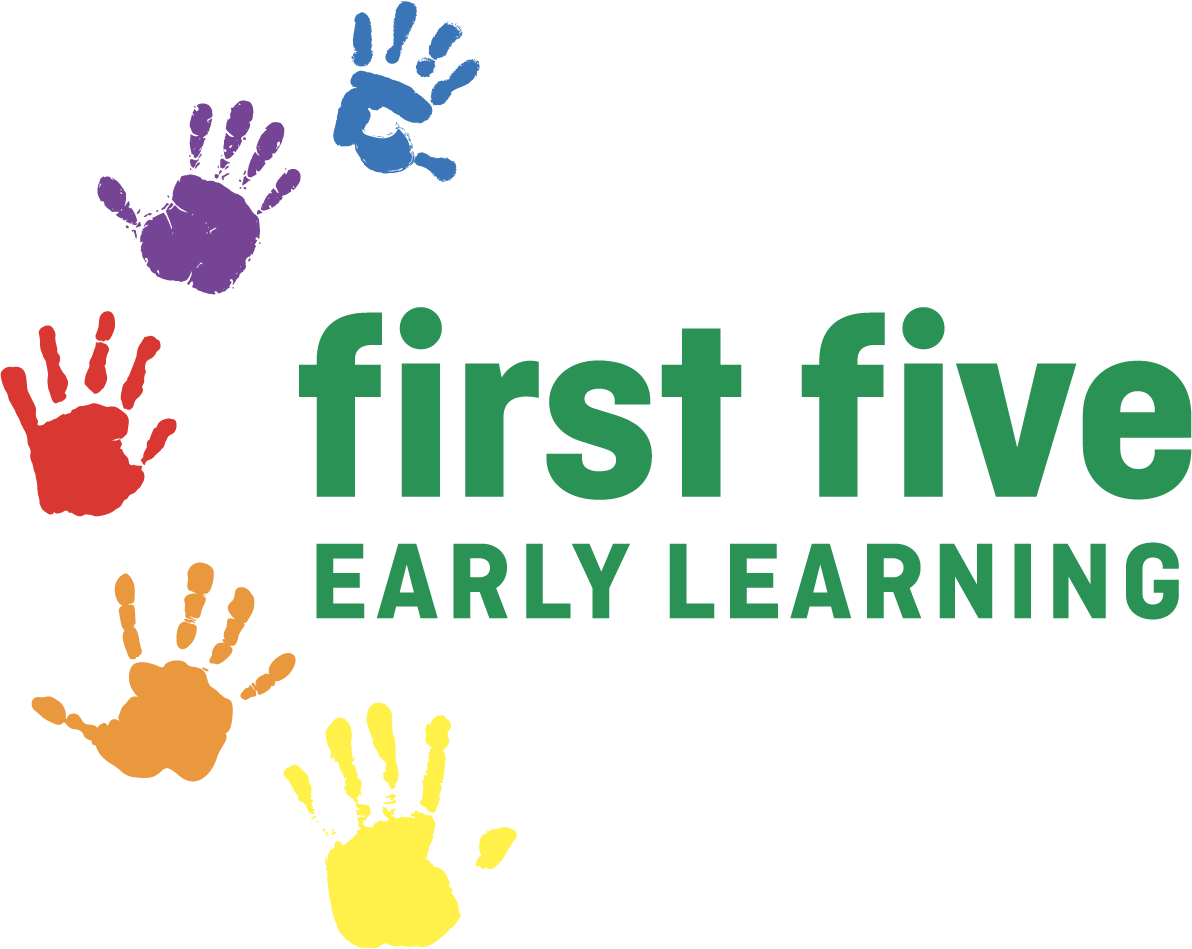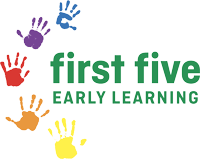
Blog #2: How does my baby learn to talk?
Learning to talk is uniquely human. For babies, learning to talk is a complex process which involves both biological and environmental factors. Families support children to learn to talk when they provide opportunities for shared communication, model the use of language, and respond to their child’s vocalisations and speech from infancy. There is no better teacher than a parent or caregiver to help a child learn to talk.
Talking or speaking forms part of children’s oral language skills, along with listening. Both speaking and listening lead the way for reading and writing once children transition to school. For this reason, the first five years is a critical time period for children’s oral language development, prior to school commencement. For oral language learning, a key rule of thumb is input = output. The more a child hears how a language system works through shared conversations, book reading, songs, rhymes, and modelling from adults, the more likely they are to develop strong oral language skills.
Learning to talk begins in-utero, as a baby tunes in to the sounds of their native language from within the womb. From birth, babies prefer the sound of their mother’s voice to others, and they can distinguish between sounds in words. Your baby will be interested in looking at your face as you speak and will imitate your mouth movements and facial expressions from around two months of age. Further stages of oral language development to toddler age include:
6-16 weeks | Cooing | Contains vowel sounds such as “oo”, “ee” and “a”. |
4-7 months | Vocal Play | Babies practise how to produce vowel and consonant sounds by learning to use the tongue, gums and jaw muscles to generate sounds. Sounds can include clicking the tongue, blowing raspberries, gurgling or growling sounds at the back of the throat, lip-smacking, squeals, and playing with pitch and volume. |
6-10 months | Repeated babbling (canonical babbling) | Contains consonant and vowel blends such as “da-da-da”, “ma-ma-ma” and “pa-pa-pa”. To move from repeated or canonical babbling to conversational babbling, a baby needs to hear the sounds they are making. If your toddler (1-3 years) hasn’t moved beyond this stage, it could be worth speaking with your doctor or paediatrician about a hearing test. |
10-14 months | Conversational babbling | Long strings of speech that may include first words. Although not formal speech, conversational babbling sounds like a conversation, with pauses, inflections (e.g., raising the pitch at the end of the sentence) and hand gestures such as pointing to objects or people. |
18 months | Two-word utterances | Putting two words together in the correct word order such as “more milk”, “no sleep”, or “my dog”. |
2-3 years | Coherent sentences | Children use familiar words and new words in short sentences to make statements and ask questions. While your child’s use of language can be novel or amusing at times, it is important for you as the adult to always model correct forms of language because input = output. |
One of the most important early skills parents or caregivers can support is turn-taking. From infancy, an adult can take the baby’s vocalisation (burp, gurgle, sound) as their turn in the conversation, and then respond in kind with words and sentences. For example, following a burp, the adult might respond with, “That feels better doesn’t it. Your tummy feels better now”. The burp is the baby’s turn in the conversation and the adult then responds with their turn in the conversation. When babies vocalise and adults respond, the baby is learning the rules of conversation such as listening, taking turns to speak (or vocalise), and using inflections. As children grow, these rules are applied in more sophisticated ways and become integral to building social relationships with peers and adults in a range of social settings including early education and care centres and schools.
There are many ways parents and caregivers can support their baby’s oral language development through meaningful interactions.
- Repeat back your baby’s babble to show recognition of their talk.
- Describe what you are doing across the day. For example, explain your actions as you move around the room, and label objects and people.
- Describe what your baby is doing across the day. Explain their actions and label the objects and people they look at or point to.
- Read and read again – from infancy! Babies need to hear how a language system works and will show recognition of and preferences for images in books from 6 months of age. For some stories, you may be able to provide a matching 3D object (e.g., farm animal) for your baby to hold to support understanding and concept development. Comparing a 2D and 3D object also involves mathematical skills.
- Use actions with words to build your child’s comprehension skills such as pouring the jug when saying, “More milk, Eli?”.
- Sing and play games with your baby every day such as peek-a-boo. Use repeated phrases such as, “Bye-Bye”.
In First Five Early Learning centres, you will observe educators engaging in these same practices to support meaningful conversations with your child across the day. Our educators “Strive for Five” in the daily program, meaning they aim for five turns in each conversation with your child using sentences or non-verbal responses, from the babies’ room to kindergarten.
Dr Melinda Miller
Director of Early Learning


